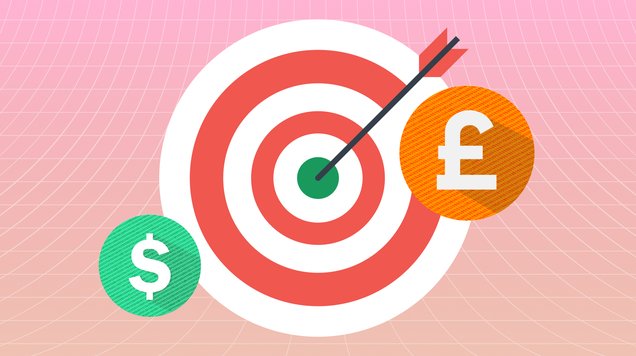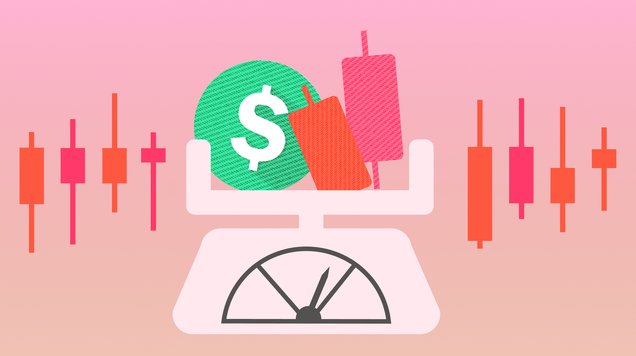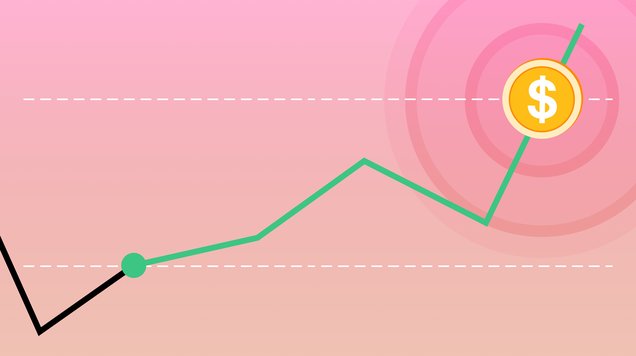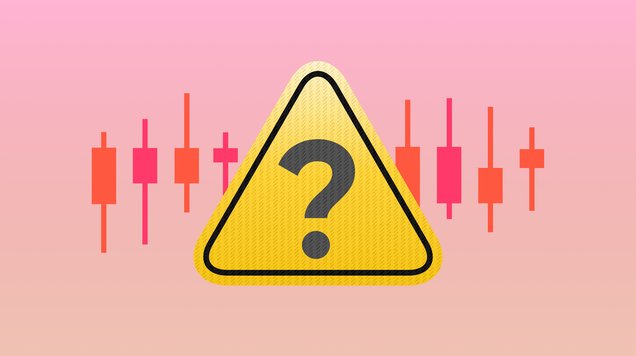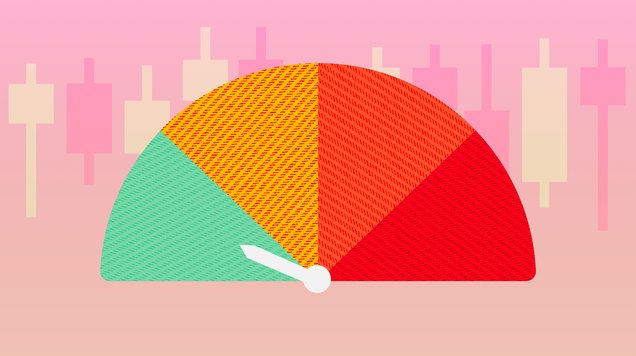Practicing with trading demos
Learn how to use free demo accounts to improve your trading skillset and try out tools on trading platforms
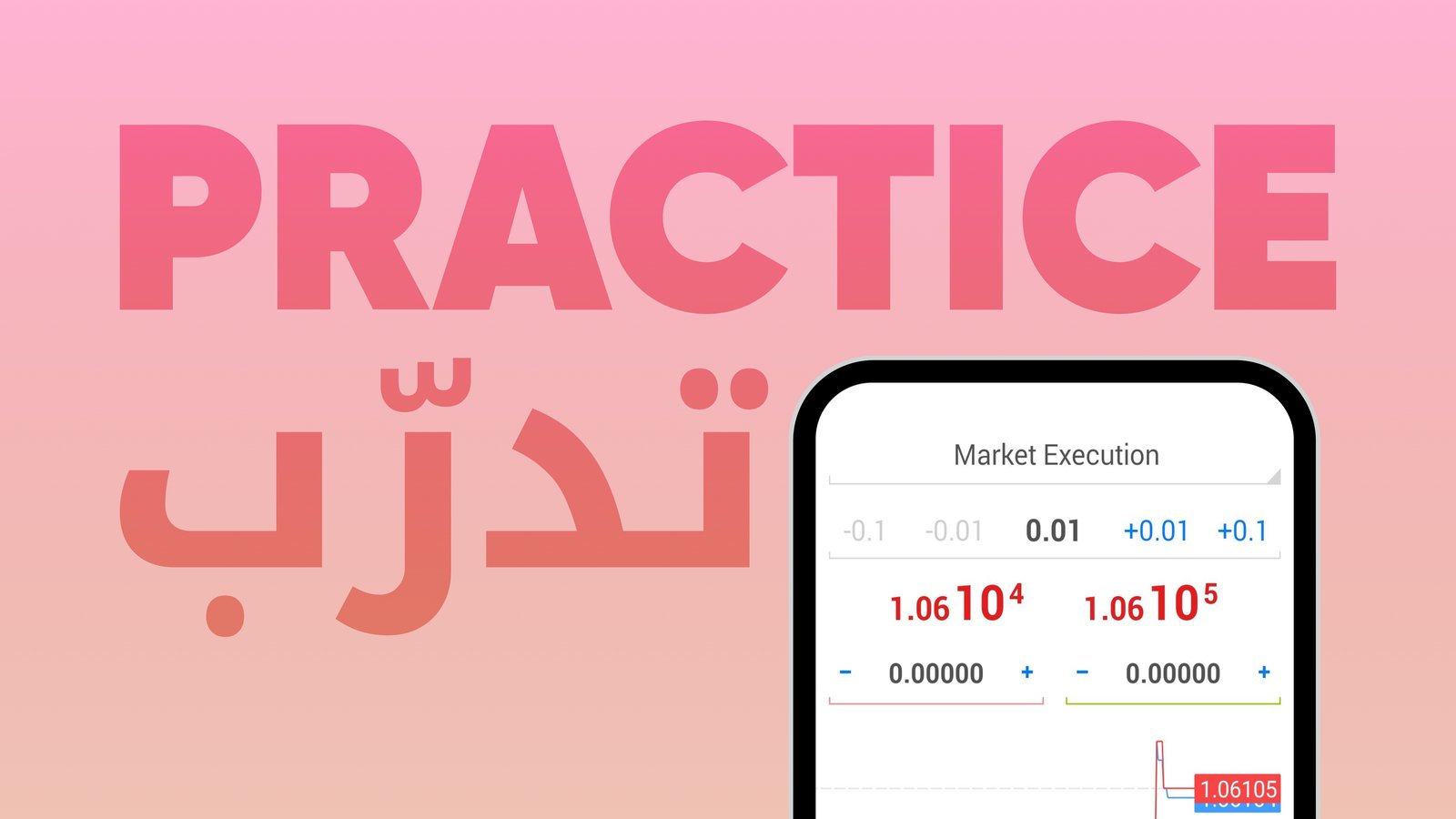
Demo accounts allow traders to practice their skills and strategies by placing trades in a real online trading platform using virtual funds
Both experienced traders and beginners can benefit from having a demo account as it allows them to test strategies, build confidence and try features and tools on the trading platform
Opening a demo account is free and doesn’t require any investment or payment details as you will use virtual funds
What is a demo account?
A demo account is a virtual trading environment provided by an online broker to mimic real trading conditions without the use of actual funds. Traders are given access to a trading platform allowing them to execute trades, test strategies and familiarise themselves with the tools and features of the platform.
There are a lot of new things to learn when you start trading. Most beginners will need time and practice to master skills and to better understand the financial world before placing their first trade.
While online tutorials and other educational materials can be very helpful, the most effective way to learn for many is to try to do things yourself. Practicing with a demo account is a smart and responsible approach for new traders to sharpen their skills and familiarise themselves with how quickly financial markets can move.
A trading demo also gives traders the opportunity to learn more about financial assets, market behaviour, risk management, and the technical side of executing trades like opening and closing positions, in a risk-free and cost-free way. Opening a demo account is completely free, and no payment details or deposits are required.
Anyone can open a demo account and both experienced traders and beginners can benefit from having one. Many online brokers offer demo accounts, and it usually takes only minutes to complete account registration and to start using a demo on their trading platform.
What are the benefits of a demo account?
A demo account is a great tool for beginners, but it can benefit experienced traders too. Let’s have a look at some of the main advantages of having a demo account.
Learn risk-free: Navigating financial markets might seem complicated without any previous experience. The main benefit of using a demo account is the opportunity to practice trading without risking money. You can try trading different asset classes, test a variety of trading strategies and try out risk management tools to learn how to limit risk.
Test strategies: Successful trading often relies on having strong and thorough strategies. Whether you are interested in day trading, swing trading, breakout trading and trend trading, a demo can let you easily try out different entry and exit strategies, risk management techniques and position sizing. For experienced traders, using a demo account can be way to try new strategies and put them to test before applying them to real trades.
Control emotions and build confidence: Emotions like greed and fear can lead to impulsive decisions and losses. A demo account is a good way to practice discipline and emotional control. Together with discipline, confidence is a crucial component of successful trading. When you feel confident about your decisions, there’s less space for emotions to impact your trades.
Compare brokers and platforms: If you are choosing between brokers or want to switch to a new one, a demo account is a valuable tool to test and explore the products, tools and platforms that different brokers offer. Opening a demo account doesn’t require any commitment, so you can try several brokers to find out the most suitable one for your trading goals.
How to open a demo account
Creating a demo account is easy and will only take couple of minutes to set up. You just need to provide couple of details, including your country of residence, full name, and email address.
To use your demo account, you will also need access to a trading platform like MetaTrader 4 or MetaTrader 5. Usually, brokers offer several platform options. You can download most platforms to your laptop or mobile device, or use it in your web browser.
It’s possible to open several free demo accounts and use them at the same time. Each of the accounts will have a separate balance of virtual funds. Different accounts can be used to test different of strategies and create practice portfolios of different assets.
Tips for making the most of a demo account
To make most of your practice with a demo account, here are some tips to keep in mind:
Use realistic budget and leverage: With a demo account you get access to virtual funds and the amount could exceed your potential investment budget. However, keeping your trade size and leverage similar to what you would do with your own money is the most useful way to get a realistic idea of potential profits and losses.
Experiment strategies and techniques: You may have a preferred trading strategy in mind but take this opportunity to research and discover different strategies. It's also the perfect time to learn from mistakes, so don't give up if your first strategy doesn't work, just try different ones to find the best match for your trading goals and style.
Keep records: Maintain a detailed trading journal to record the trades you make and how they worked out. You can include details like the strategy employed and the reasons for entry and exit points. Reviewing your journal later can help you to identify areas for improvement.
Take it seriously: Even though you’re not using real money, treat your demo account with the same commitment and seriousness as you treat a live account. This mindset will help you to learn more effectively.
How to change to a live trading account?
When you feel confident to explore the financial markets for potential gains and start trading with real funds, it’s straightforward and quick to change from a demo account to a live trading account. However, it’s important to remember that your virtual trades can’t be transferred to a live trading account. This means you can’t profit from the trades made on a demo account.
To change from a demo account to a live trading account, you must first complete your account details and verify your email address. Additional information such as nationality, date of birth and address is required to complete a live account.
Next step is to fund your trading account by making a deposit into your trading portal. Online brokers usually offer several payment methods to deposit funds, including credit and debit cards, bank transfers, digital wallets, and local payment solutions. Once your deposit is approved, you are ready to test your skills by making your first real trades.
